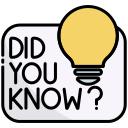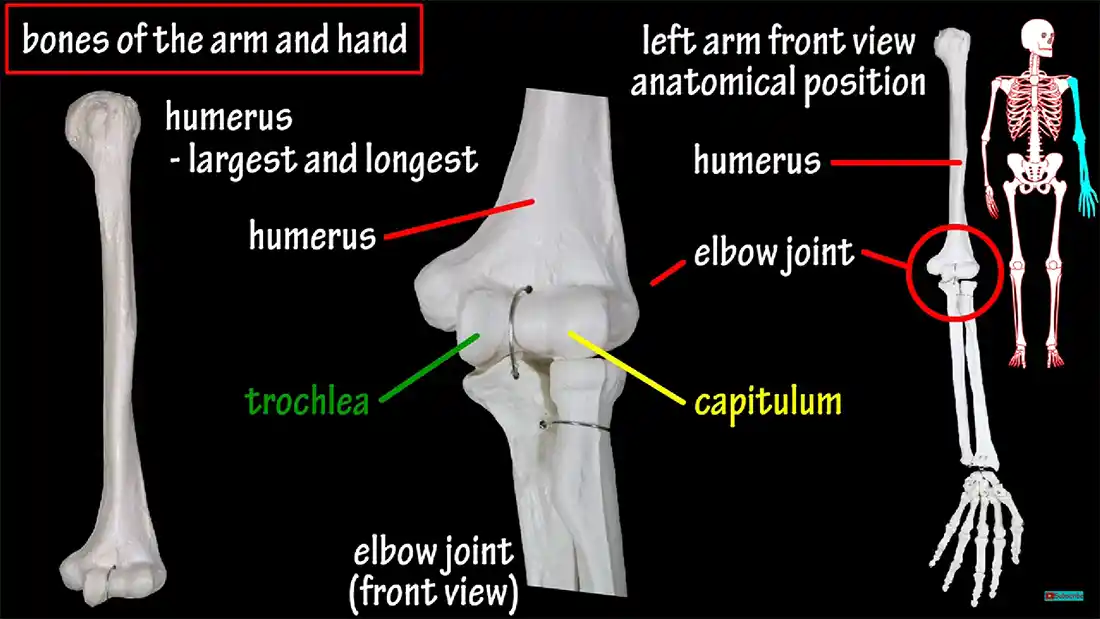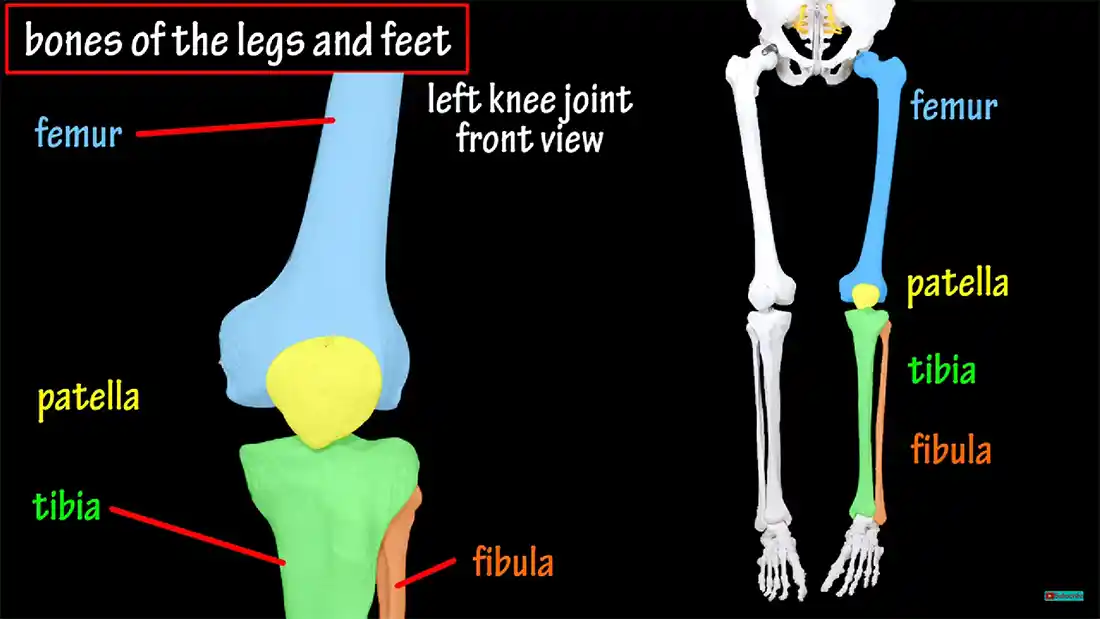

Arms, legs, femur, thigh bone, tibia, fibula, ulna, radius, humerus, feet, phalanges, metatarsals.
Our arms and legs allow us to do so much. Lift things off the ground or surfaces, walk and run, make things, kick things... Anyway, the list goes on. In order to allow us to do this, our arms and legs act like levers to position and move the things around us.
Our arms allows us to pick things up and move things from one place to another. They also allow us to make things. This is the result of the bones in our hands and fingers being able to move with the many joints in our fingers, and the joints around our elbow and shoulder.
Without our opposable thumb, we would not be able to do this, so the thumb bone and hand bones are very important for our day-to-day life. All the bones along our arms and hands connect to tissues and muscles to help them perform their duty, and without them, they would not be able to move.
There are three main bones in the arm, which include:
They are connected by joints that allow the movement of our arms. The humerus is situated at the upper arm, and the other two are connected to the elbow and are part of the forearm.

Each hand contains 54 bones. This includes the bones in the wrist.
The following still is from a video on the arms, with the following details:
Please click on the image to view the video.

As mentioned in the video, there are 30 bones in the arm. These all add up to helping us to move it about, and use it for its intended purpose. The two bones in the forearm, the Ulna and Radius, are connected to the wrist joint, as well as the Humerus. They maintain their spacing by way of a fibrous tissue called the interosseousThis means something that lies between or connects bones. membrane.
The hand itself is split up into three layers of bones. The first section nearest the wrist are called the carpal bones. These form the palm of the hand. The next layer of bones are called the metacarpal bones, of which there are five. They are numbered with Roman numerals if you see them in text books and doctor's notes. The final set of bones are called the Phalanges. They form the fingers. Although classed together, each finger has three phalanges, to form each finger. The thumb (also called the pollex) has only two phalanges, one near the wrist, and the other the same as the fingers.
The legs work in similar fashion to the arms. They allow us to move, whether that be at a snail's pace, or quickly. They also allow us to lift items that are heavy, by acting like levers.
There are four main bones that make up the leg, which include:
The feet are also similar to our hands, having toes and allowing us to balance, but we don't have the opposable thumb-style toe to compliment our hands. That being said, it doesn't stop people who have disabilities (for instance, someone that doesn't have use of their hands) from using their feet to carry out normal tasks (painting, for example).
The following still is from a video on the legs, with the following details:
Please click on the image to view the video.

As the video explains, there are also 30 bones in the legs and feet, and this area of our skeleton is home to the longest bone in our body - the femur or thighbone. It joins with the hip bone, and has an inward joint, making the knee closer to the middle of the body. The patellaCommonly known as the kneebone. is situated between the femur and the tibia.
Much in the same fashion as the arms, the legs have two bones that are connected at the lower point of the leg. The tibia and fibula both connect to the foot area. Ligaments are connected to the lower thigbone and upper tibia to help with movement, and to keep it all connected.
There are 7 bones in the first section, called the Tarsals, of the foot nearest the leg. They are:
The metatarsals are the next section of the foot bones, and like the metcarpals of the hand, they are also numbered by Roman numerals in the textbooks and doctor's notes. This is purely for ease of use and remembrance.
Lastly, there are three sets of phalanges that make up the toes, although the big toe (also known as the hallux) only has two.
Disclaimer | About Me | Sitemap
Website design by SyntaxHTML.



Blue icons adapted from icons courtesy of Smashicons.com